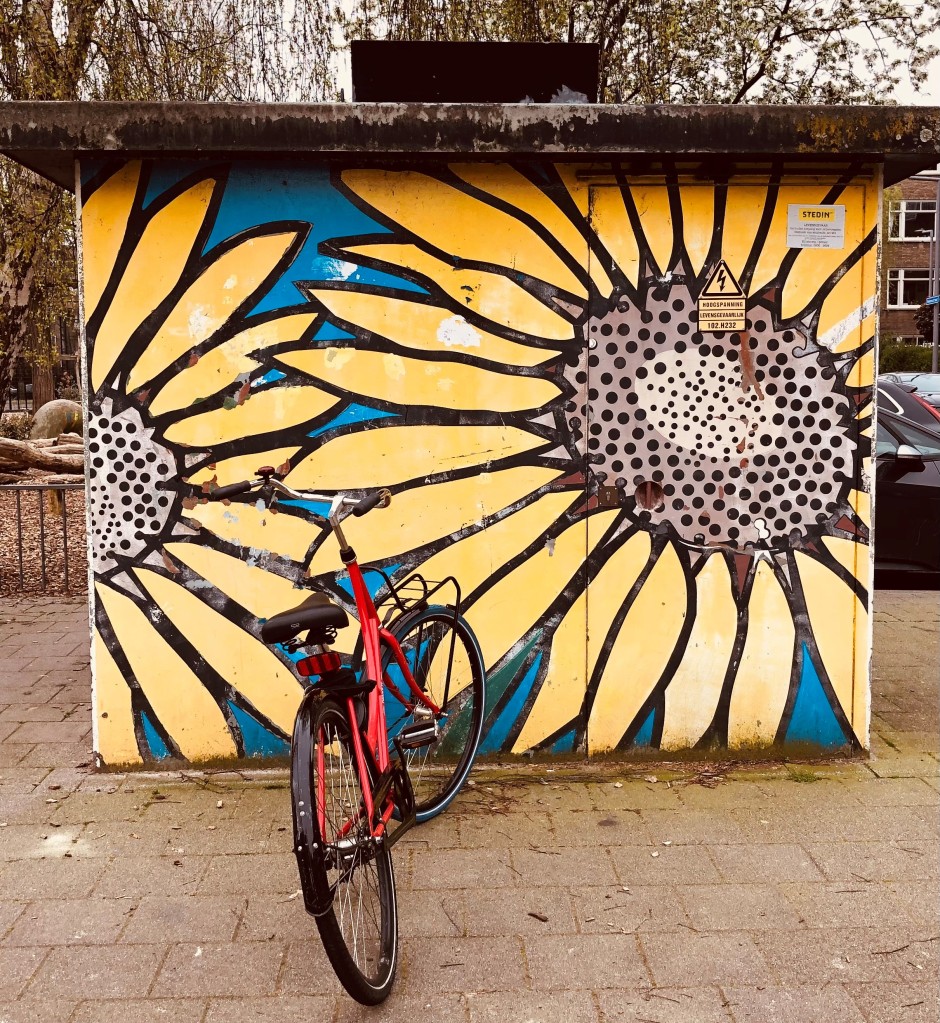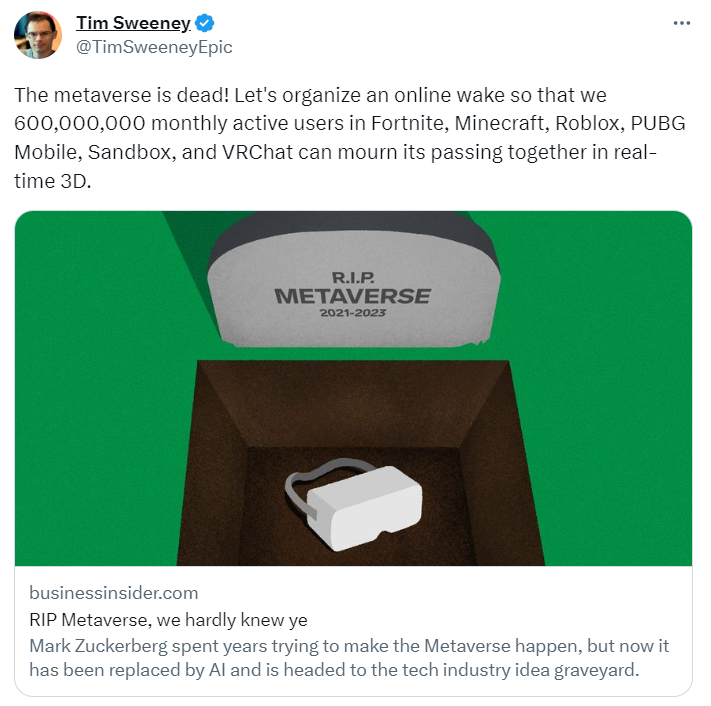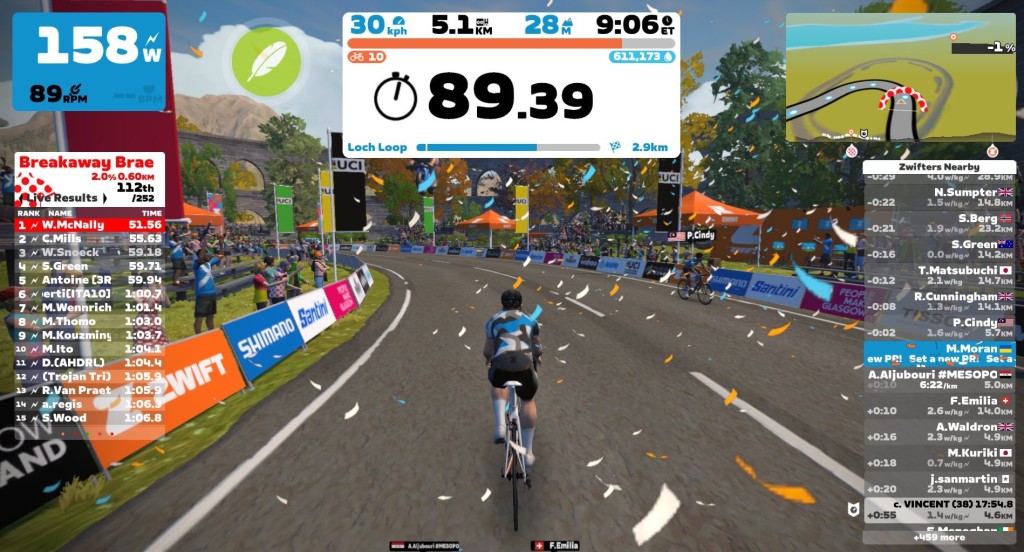
So I’m doing week notes again. I stopped a few years ago when I was working intensely in a team designing and developing online courses and microcredentials at The Open University. I’ll be reflecting on books, ideas, projects, experiences and interesting things happening in domains of most interest to me including online learning, product management, technology and especially XR and AI, innovation and (social) enterprise, change and transformation, facilitation, and outside interests like art and cycling.
📕 This week I have been enjoying Teresa Torres’ 2021 book, Continuous Discovery Habits: Discover Products that Create Customer Value and Business Value. Here ‘discovery’ means ‘the work that you do to decide what to build’, separate to ‘delivery’ or ‘the work that you do to build and ship a product’. Continuous discovery means the team building the product has at least weekly interactions with customers where they carry out small research activities in the pursuit of a desired outcome. Not customer interaction and research for their own sake, but rather ‘research so that we can serve our customers in a way that creates value for our business’.
Through continuous interaction with customers, the team develops an understanding of the customer needs, pain points and desires (not merely ‘problems to be solved’). Together, these are ‘opportunities to intervene in our customers’ lives in a positive way.’ Of course, these opportunities might be infinite – where do we start? Torres provides a really useful framework to structure discovery. It starts (of course) with outcomes. By defining a clear outcome, we can map out the opportunity space, and from there move to solutions that may address the opportunities and drive the outcomes we seek.
Torres visualises this in the form of opportunity solution trees. These visualisations have several advantages: they create a shared understanding in the team; they help with thinking through scenarios and decision making; they capture learning and build confidence in knowing what to do next; and they are useful in communicating with stakeholders. They also provide a means to balance customer needs with business needs – and this is going to be really useful in my context.
In higher education, we tend to go heavy on delivery, and to neglect discovery. I wrote a piece on this theme earlier in the week. When universities set out to create online courses, there is usually a heavy emphasis on delivery (creating more and more stuff), and little focus on discovery (or figuring out the right stuff to create based on evidence of what learners really need, want and value). With predictably poor results. In my experience, we design courses entirely in the dark, or possibly with research carried out by third-party agencies months or even years earlier. At its worst, we do the delivery and then try to justify it retrospectively by cherry picking from user feedback. But just imagine having weekly interactions with learners to run small pieces of research before even starting to write or build a course. Imagine the value we could create for users and for our institutions. Why wouldn’t we want to do that?
More thoughts to come on product discovery in online learning in coming weeks.

(Picture shows a tweet by Tim Sweeney, the CEO of Epic Games, which reads ‘The metaverse is dead! Let’s organize an online wake so that we 600,000,000 monthly active users in Fortnite, Minecraft, Roblox, PUBG Mobile, Sandbox, and VRChat can mourn its passing together in real-time 3D.’ The tweet links to an article in Business Insider dot com entitled ‘RIP Metaverse, we hardly knew ye’ with the image of a headset in an open grave beneath a tombstone which reads ‘RIP Metaverse 2021 to 2023’.)
📅 To London Tech Week this week for a full day of talks on the metaverse, immersive internet, spatial computing, digital twins, gaming and AI. I’m fascinated both by the technologies and the opportunities they present, and by the ambiguity of the trajectory and future scenarios. It’s fascinating to me that (as Tim Sweeney jibed in his retort to ‘the metaverse is dead’ meme) there are 600 million MAUs in Fortnite, Roblox and other spaces, and yet so much is unclear about ‘what the metaverse will look like’. This is surely just a moment in time, though. We have seen similar moments. If you had stopped to ask Avram Miller what Web 2.0 was going to look like back in 1990 when he was hooking up dish antennas on his garage roof to connect to long-distance Wi-Fi, would he have been able to tell you, and would you have understood his answer?
👨🏼💻 Milestone this week. I am slowly working towards a MSc (masters of science degree) in Technology Management at The Open University. (One of the many incredible perks for staff is free access to all our UG and PG programmes.) This week I got notification that I passed the first milestone by completing the Postgrad Certificate in Technology Management (with distinction). I should be celebrating but I’m already behind schedule on the next course.
🚴🏼♂️ Ride of the week: Loch Loop in Scotland on Zwift.

(Picture shows a screenshot from the indoor cycling app Zwift showing a cycling avatar on a virtual road in rural Scotland with data showing speed, distance covered and the leader board.)
(Picture shows a colour photo of a red bicycle standing on a pavement in Blijdorp, Rotterdam (in the Netherlands), in front of an electricity substation decorated with graffiti of two huge yellow sunflowers)